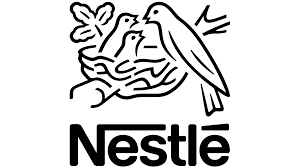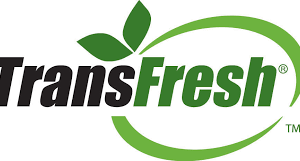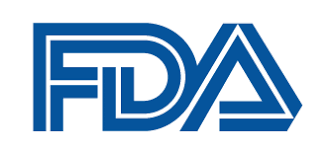WELCOME
What is the One Food Team
“One Food Team” is an alliance of independent business owner partners working together. We are committed to providing “full service solutions” for many of our clients’ food manufacturing needs. We are committed to providing you superior people with the experience, passion and integrity you need. We are committed to a reputation for superior results.
Call us with your next requirement for support. Our skills run deep and wide. Our collective networks run deeper and wider. We work well together as a tight-knit high-performance team rather than a mere collection of providers. We would love to provide you superior results on your next project, no matter what it is.



















